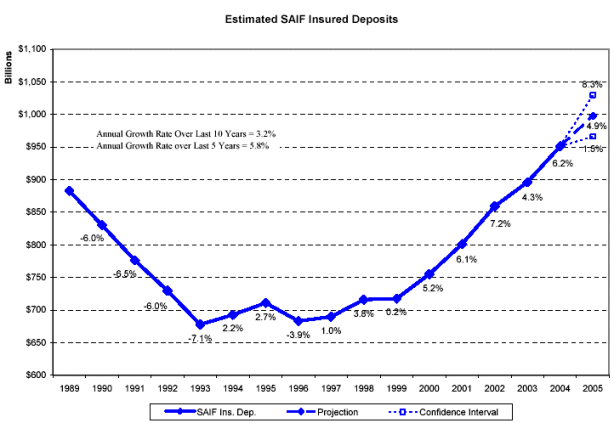FDIC Supervisory Insights Summer 2012
Post on: 9 Май, 2015 No Comment

Stress Testing Credit Risk at Community Banks
The recent banking crisis illustrates how rapidly market conditions can deteriorate and subject banks to considerable strain. One result of this experience is that stress testing has come to occupy a more prominent place in the supervision of large banks. The Supervisory Capital Assessment Program, its successor the Comprehensive Capital Adequacy Review, and the stress-testing requirements of Section 165 of the Dodd-Frank Wall Street Reform and Consumer Protection Act are, collectively, an important set of supervisory expectations for large banking organizations.
Stress-testing expectations for community banks are more discrete and limited. 1 Existing supervisory guidance states that banks with significant concentrations in commercial real estate (CRE) or subprime lending should conduct portfolio stress tests of these exposures as part of their ongoing risk management activities (see text box ). Outside the credit risk arena, standard asset-liability management techniques such as analyzing the effect of interest-rate shocks, or other interest-rate simulations, amount to a form of stress testing. Finally, interagency guidance states that all institutions should plan for ways to meet their funding needs under stressed conditions.
Community banks looking to conduct CRE stress tests in accordance with supervisory guidance, or otherwise considering the use of stress tests for risk management, may find that it is hard to know where to start. Confusion is understandable: some stress-testing approaches can be complex, and there are a variety of analytical approaches from which to choose.

These difficulties notwithstanding, there are simple approaches to credit-risk stress testing that can be implemented by a community bank. While not a substitute for strong loan underwriting and grading, credit administration, risk limits and governance of the credit-granting process, stress testing can help institutions evaluate lending risks and capital adequacy under stressed but plausible scenarios. Some community banks have used stress tests to develop a more comprehensive understanding of potential loss exposure and incorporated the results into their risk management and capital planning processes. Experience from bank examinations suggests that community banks that proactively manage their lending function and attempt to plan for, measure and control their vulnerability to adverse events have been better able to make adjustments and improve performance over time.
This article describes the credit-related stress-testing process and explains how community bank boards of directors and senior management can use this process to better manage risk. The article emphasizes that smaller community banks can effectively perform stress testing in a simple and straightforward manner to achieve the goals of outstanding supervisory guidance. The article includes two simple examples of stress-testing methodologies. These are offered as an informational resource only, not as a supervisory directive.
Outstanding Supervisory Guidance for Stress Testing Credit Exposures














